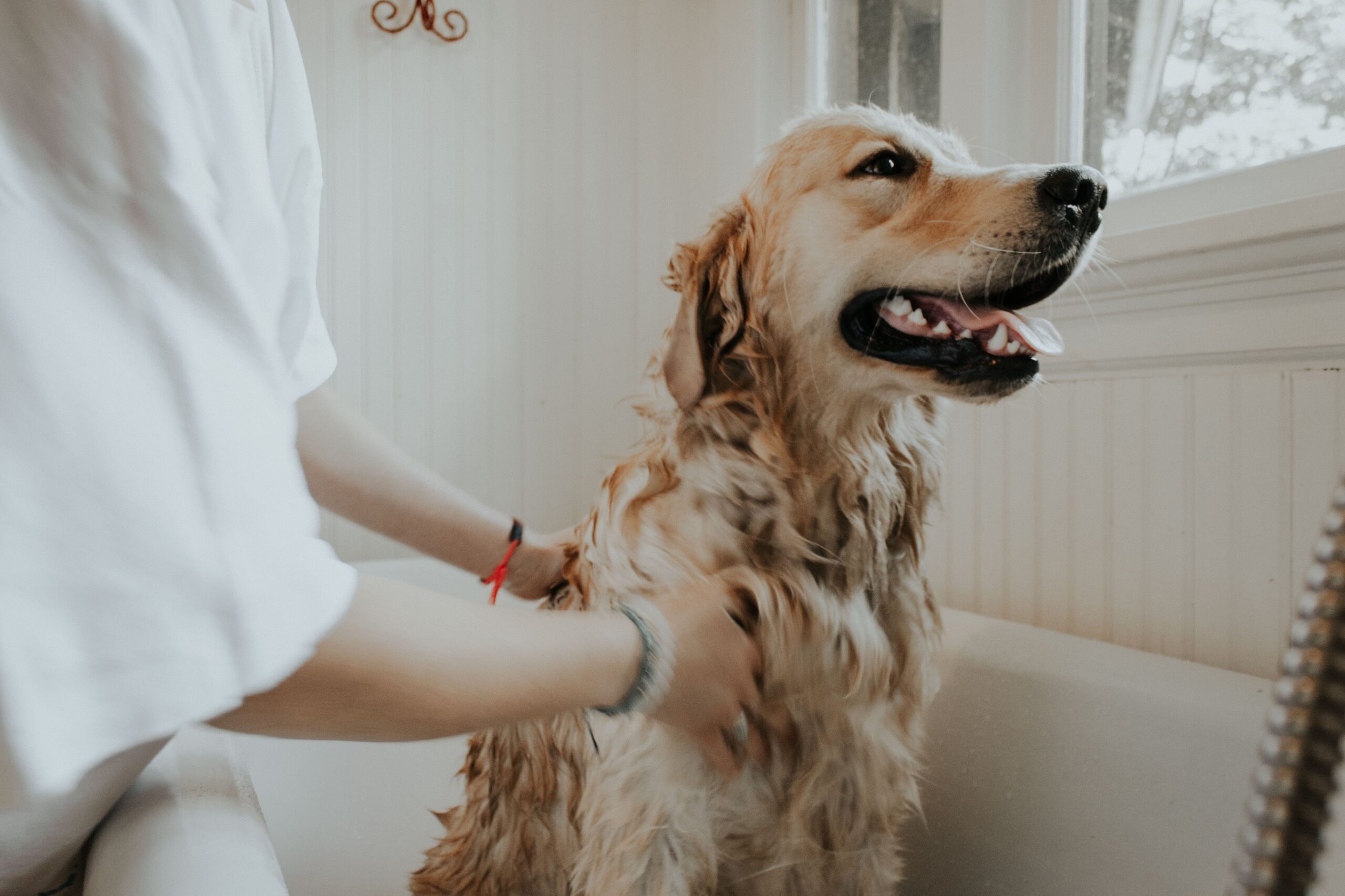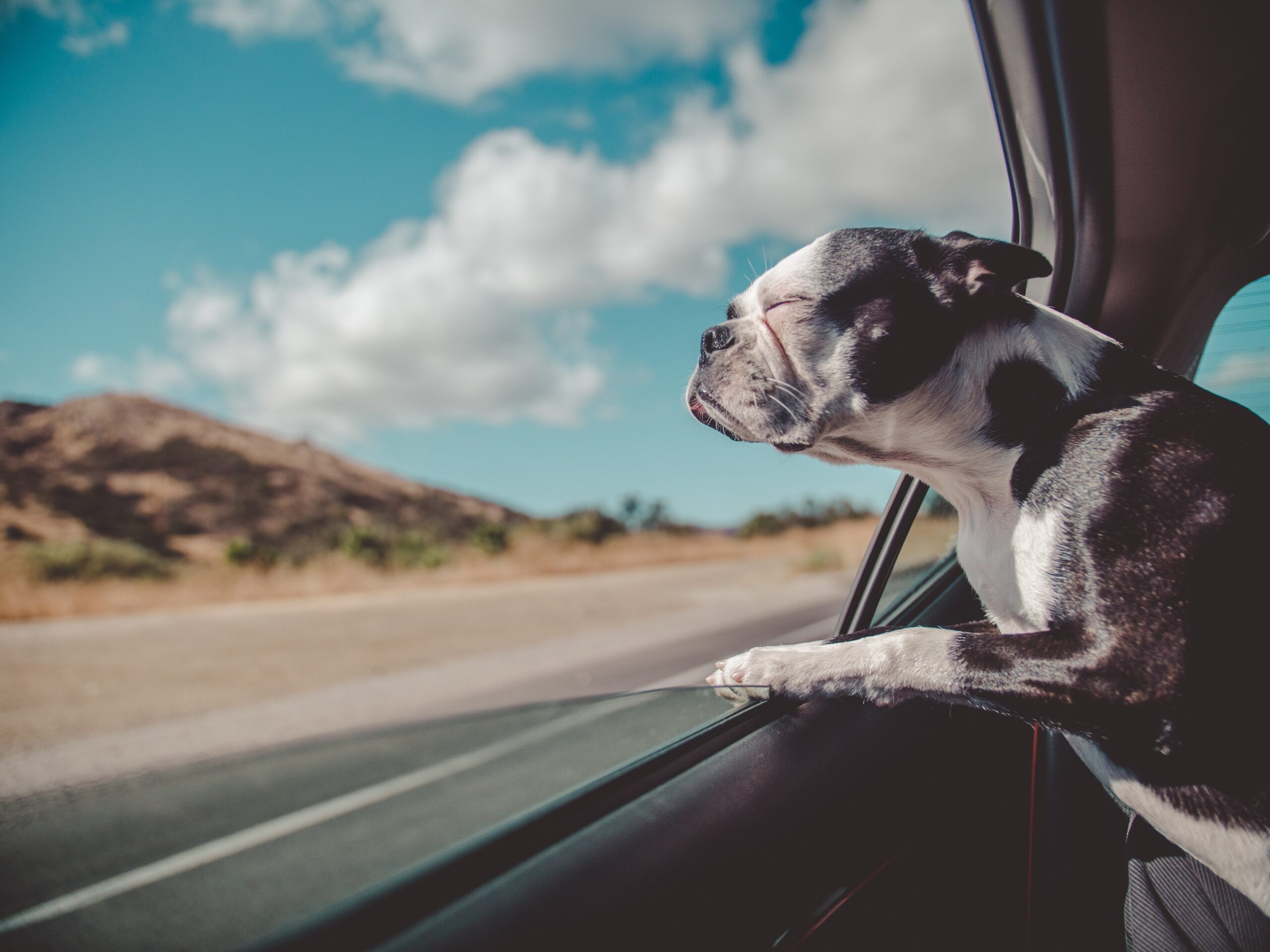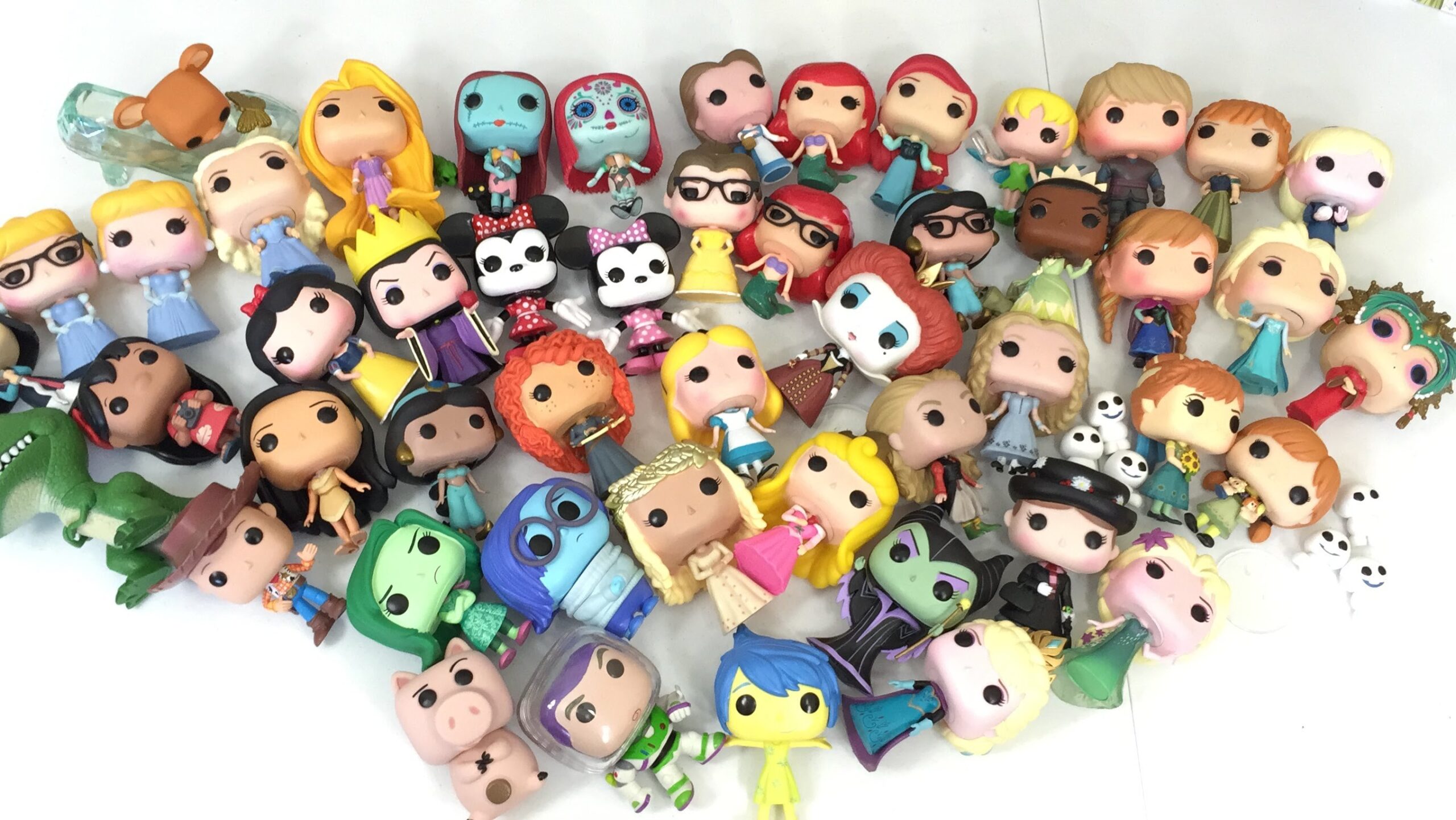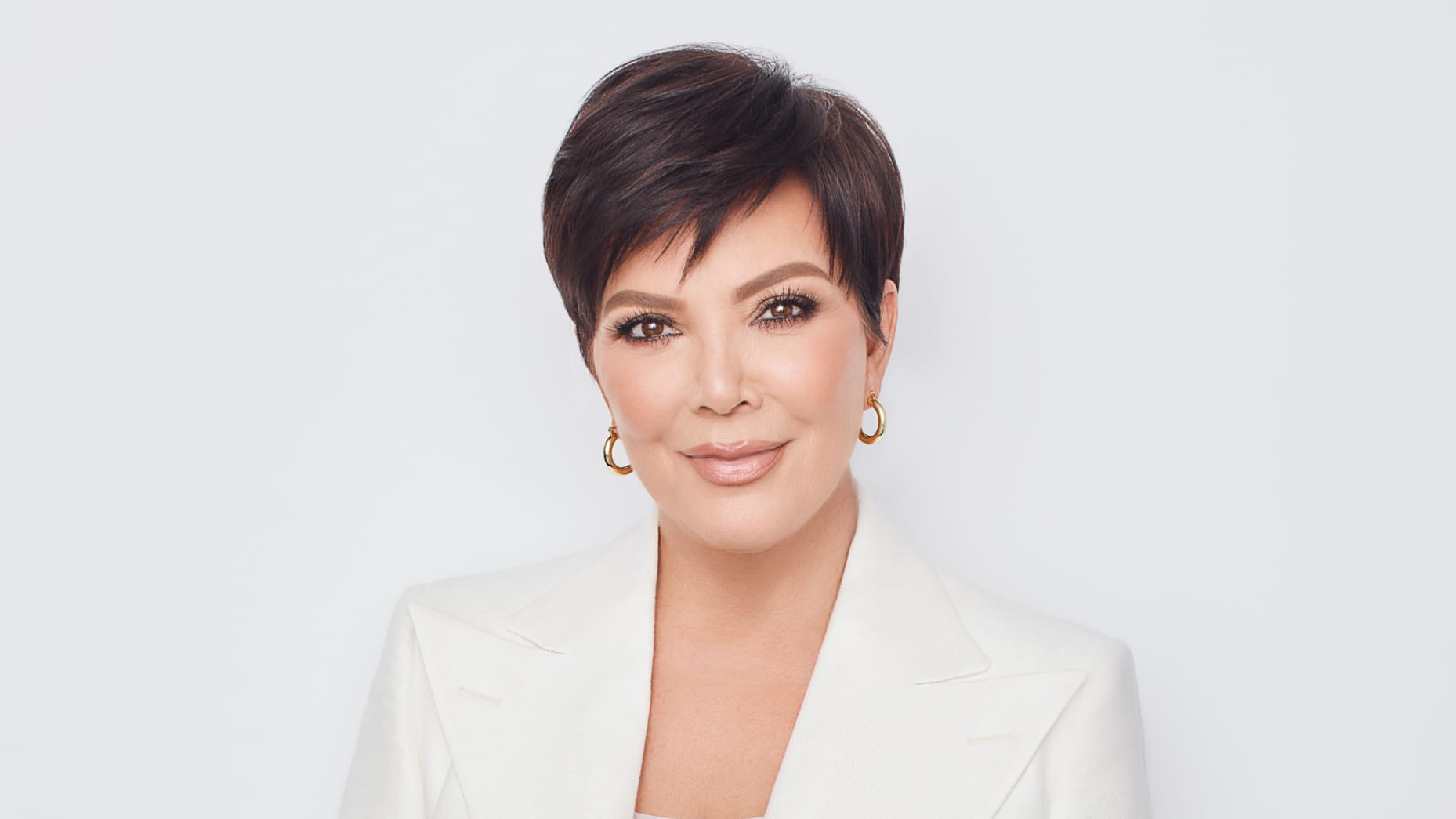Learn About the True Cost of Owning Pets

Aug 29 | 2018

Photo: Jamie Street
Dogs, cats, hamsters, fish, parakeets, horses—the world loves pets.
They’re our best friends and our better halves. But while they come with a lot of love, they also come with a surprisingly high price tag. Upfront fees plus the annual costs of caring for an animal add up to more than you might expect. What are some of the expenses you can expect to pay for popular pets and how high can the costs be?
 What’s not to love?Photo: Paul Hanaoka
What’s not to love?Photo: Paul Hanaoka
(adsbygoogle = window.adsbygoogle || []).push({});
Initial costs
You can purchase dogs and cats from breeders and pet stores or you can adopt or rescue from shelters. Adoption fees range from $75 to $200 for cats and dogs, but buying from a breeder will likely be much more expensive. Countless stores sell fish for $2 or, for more exotic species, upwards of $50. Hamsters can cost as little as $10 from a store, while birds can range from $20 to $400.
For dogs and cats, add to these fees the cost of spaying or neutering. It might be included in the fees for a rescue pet, but a purchased pet’s procedure could cost up to $200. Another upfront cost for dog owners is licensing—most states require dogs over the age of one year to be licensed. A lifetime license for a spayed or neutered dog costs around $35.
Bringing a new pet home also requires equipment. Dogs and cats will need crates, beds, litter boxes and more. Small pets, like birds and hamsters, will need cages, bedding, and food. Of course, there are plenty of extras that are just as important: your puppy or kitten will look for toys, treats and comfort objects like blankets. You’ll need hygiene equipment too, such as brushes, shampoo, toothpaste, and toothbrushes.
While small pets don’t necessarily need it, larger pets, like dogs and cats, should go to the veterinarian for an initial exam. The vet might administer vaccinations and recommend medicine to keep your pet healthy and safe. Common medicines include gels for flea and tick protection, supplements to prevent heartworms and, sometimes, vitamins. All of these will become ongoing expenses.
Depending on your living situation, you might face new deposits required by a landlord or an increase in rent. Pet deposits can be refundable or nonrefundable and as little as $200 or as much as $1,000. “Pet rent,” as its called, usually replaces some or all of the deposit with a monthly fee ($35, perhaps) that basically acts as your pet’s rent payment. One is not necessarily worse than the other—it depends on the costs and situation.
(adsbygoogle = window.adsbygoogle || []).push({});
 Caring for a pet can be costly Photo: Autri Taheri
Caring for a pet can be costly Photo: Autri Taheri
Ongoing expenses
All of those upfront costs might stack up to a sizable sum but the price continues to increase in the form of ongoing expenses. You want your pet to have the happiest, most comfortable life possible, so of course, you’re going to buy the best quality food and most entertaining toys. Shampoo, toothpaste, cat litter, and other hygiene products will add a bit to your regular grocery bill. Flea and tick, allergy, and heartworm medicines might add up to about $20 per month.
Regular vet visits can become expensive, especially if anything more than a checkup is needed. You can expect a bill anywhere between $50 and $500 for various shots and procedures. Dental cleanings tend to be expensive as well, and any prescriptions will be close to what you’d expect to pay for your own medicine. A pet owner can purchase pet insurance for their four-legged family member as a precaution against emergency medical treatments that might otherwise hit hard, financially.
 The price is worth every penny Photo: Avi Richards
The price is worth every penny Photo: Avi Richards
One more consideration is travel. It’s more difficult to travel with a pet but it’s also difficult to arrange for pet care while you’re away from them. A dog walker might charge $20 per walk, a cat sitter who’s not family will charge for feeding and changing litter. A pet boarding house has its own costs associated with it. On the other hand, pet-friendly hotels sometimes charge large fees to let your pet stay with you. Others, though, are letting pets in for free.
There are many costs—high and low, short-term and long-term—of owning a pet. While that soft-hearted voice inside you might think, anything’s worth that cuddly companion, it’s important to consider and plan for the expenses before jumping into a relationship. You owe it to that future pet to be prepared to give them the best life possible.
(adsbygoogle = window.adsbygoogle || []).push({});










